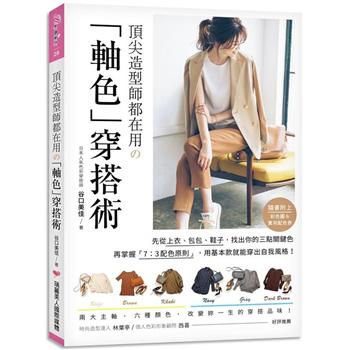Dynamic Models and Structural Estimation in Corporate Finance has three goals: - To explain the models and techniques used in this literature as simply as possible, with the intent of making the literature more accessible. - To introduce the reader to the main strands of this literature. This monograph can therefore be viewed in part as a literature review and in part as a tutorial. - To explain how dynamic models can be taken to the data and be estimated with the intent to provide a practical, hands-on guide to three specific methodologies that have been used in the literature: generalized method of moments, simulated method of moments, and maximum simulated likelihood. Dynamic Models and Structural Estimation in Corporate Finance provides a concise guide to the extant structural estimation literature in corporate finance. Following an introduction, Section 2 provides an overview of dynamic corporate finance models based on techniques developed in the continuous time contingent claims literature. Section 3 covers a separate strand of the literature that stems discrete time investment models. Section 4 reviews the relatively small number of different econometric techniques that have been used to estimate these models, as well as the studies that have used them. The authors close with a brief overview of directions for future research.
| FindBook |
有 1 項符合
Dynamic Models and Structural Estimation in Corporate Finance的圖書 |
 |
Dynamic Models and Structural Estimation in Corporate Finance 作者:Strebulaev 出版社:Now Publishers 出版日期:2012-11-19 語言:英文 規格:平裝 / 174頁 / 23.39 x 15.6 x 0.94 cm / 普通級/ 初版 |
| 圖書館借閱 |
| 國家圖書館 | 全國圖書書目資訊網 | 國立公共資訊圖書館 | 電子書服務平台 | MetaCat 跨館整合查詢 |
| 臺北市立圖書館 | 新北市立圖書館 | 基隆市公共圖書館 | 桃園市立圖書館 | 新竹縣公共圖書館 |
| 苗栗縣立圖書館 | 臺中市立圖書館 | 彰化縣公共圖書館 | 南投縣文化局 | 雲林縣公共圖書館 |
| 嘉義縣圖書館 | 臺南市立圖書館 | 高雄市立圖書館 | 屏東縣公共圖書館 | 宜蘭縣公共圖書館 |
| 花蓮縣文化局 | 臺東縣文化處 |
|
|
圖書介紹 - 資料來源:博客來 評分:
圖書名稱:Dynamic Models and Structural Estimation in Corporate Finance
|








